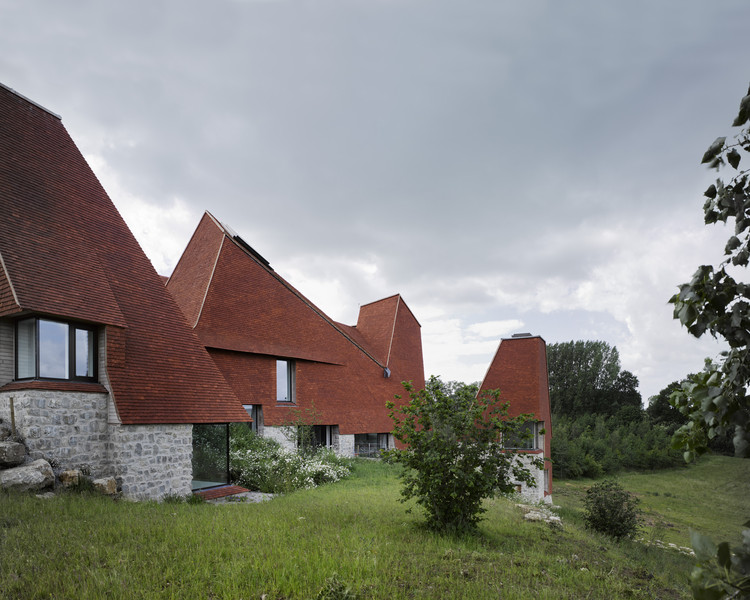
This year, ArchDaily marks our 10th anniversary as a global platform for architecture. In the past 10 years, we have democratized access to architecture and brought a daily dose of information, knowledge and inspiration to students and professionals.
To celebrate this important milestone, we have compiled a series of projects that recall our iconic logo: the blue three-story, prismatic house. We've curated over 33,543 built projects so far, including classics and flashbacks. We went through this enormous archive of projects and made a note of the ones that amused us and delighted us with their rectangular prism shapes and oddly occurring windows. They remind us of the beloved ArchDaily logo, and we're pleased to see that this shape can take on so many forms, all over the world.





_Doublespace.jpg?1523414942)
.jpg?1523415119)
_Georges_de_Kinder.jpg?1523414986)
_Studio_Libeskind.jpg?1523414813)
_Doublespace.jpg?1523414942)

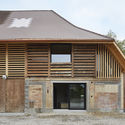
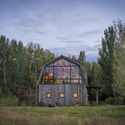
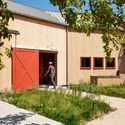
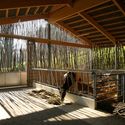
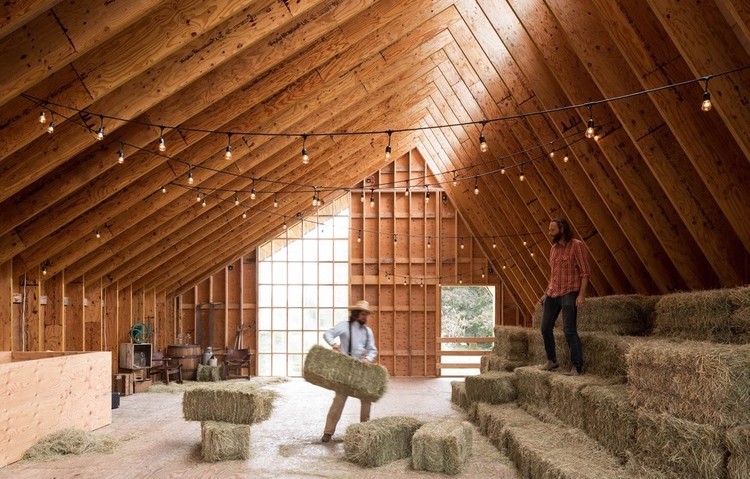










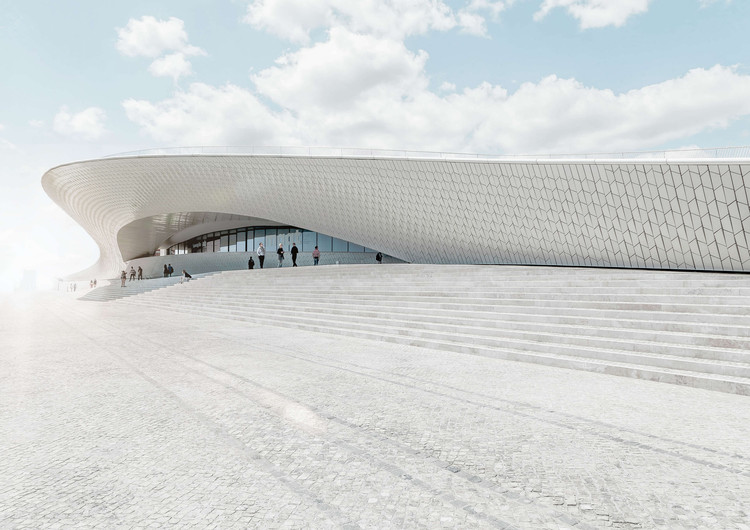


.jpg?1520689109)












